Government Regulations and Standards
Government regulations regarding property boundaries and safety standards are influencing the fencing market in Japan. Local authorities often mandate specific fencing types and heights for residential and commercial properties, which can impact consumer choices. In 2025, it is estimated that compliance with these regulations will account for a significant portion of fencing sales, potentially reaching 30% of the market. This regulatory environment encourages manufacturers to innovate and offer compliant products, thereby enhancing the overall quality and safety of fencing solutions available in the market.
Rising Demand for Security Solutions
The increasing concerns regarding safety and security in residential and commercial properties are driving the fencing market in Japan. As urbanization continues to rise, the need for effective perimeter security has become paramount. In 2025, the market is projected to grow by approximately 8% as property owners seek to enhance their security measures. This trend is particularly evident in metropolitan areas where crime rates have prompted individuals and businesses to invest in robust fencing solutions. The fencing market is likely to benefit from this heightened awareness, as consumers prioritize durable and secure fencing options to protect their assets.
Increased DIY Projects and Home Improvement
The rise in DIY projects and home improvement activities is positively impacting the fencing market in Japan. As more individuals take on home renovation projects, the demand for fencing materials and kits has surged. In 2025, it is anticipated that DIY fencing solutions will account for about 25% of the market, as homeowners seek cost-effective ways to enhance their properties. This trend not only boosts sales for fencing manufacturers but also encourages innovation in product design, making it easier for consumers to install fencing themselves. The fencing market is likely to continue benefiting from this growing DIY culture.
Growth of Landscaping and Outdoor Aesthetics
The increasing focus on landscaping and outdoor aesthetics is contributing to the expansion of the fencing market in Japan. Homeowners are increasingly investing in their outdoor spaces, leading to a demand for decorative and functional fencing solutions. In 2025, the market is expected to see a growth rate of around 6% as consumers seek to enhance their property’s curb appeal. This trend is particularly pronounced in suburban areas where outdoor living spaces are becoming more popular. The fencing market is likely to adapt by offering a variety of styles and materials that cater to aesthetic preferences while maintaining functionality.
Technological Advancements in Fencing Solutions
Technological advancements are reshaping the fencing market in Japan, with innovations such as smart fencing systems gaining traction. These systems often incorporate features like automated gates and integrated security cameras, appealing to tech-savvy consumers. In 2025, the market for technologically advanced fencing solutions is projected to grow by approximately 10%, reflecting a shift towards more sophisticated security measures. This trend indicates that consumers are willing to invest in higher-priced fencing options that offer enhanced security and convenience, thereby driving the overall market forward.


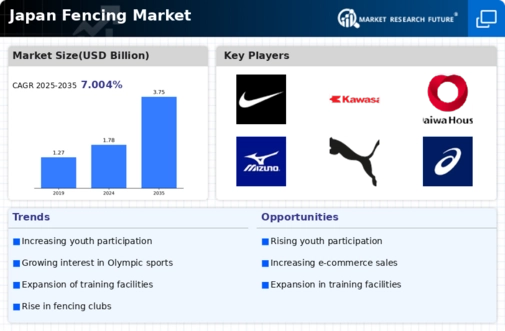

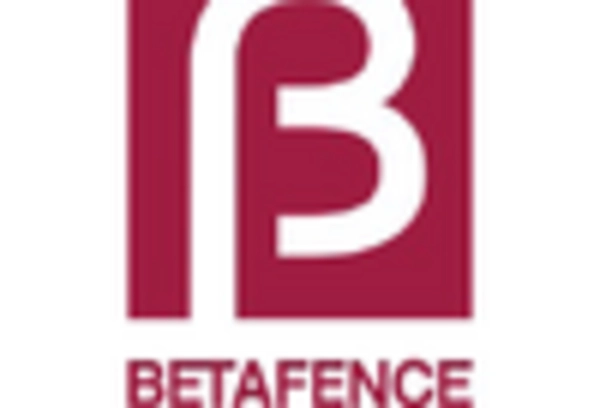

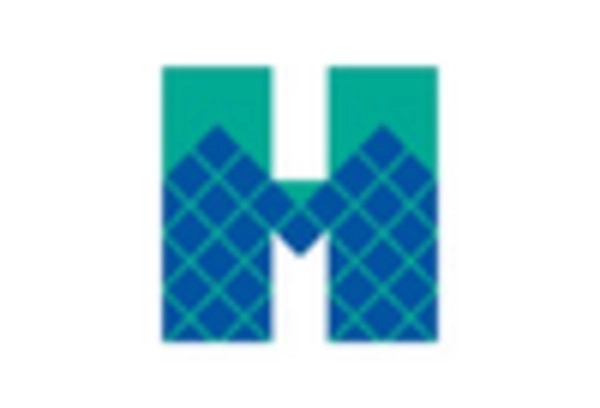
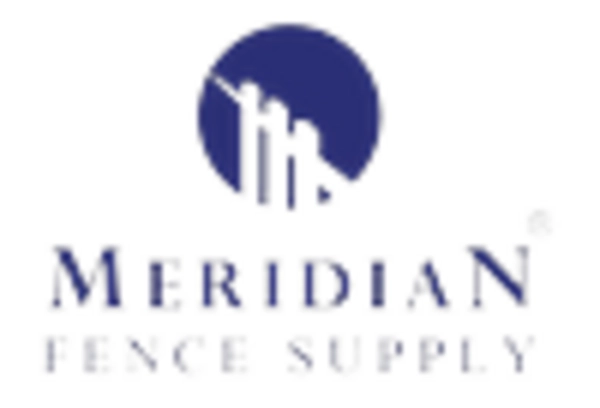
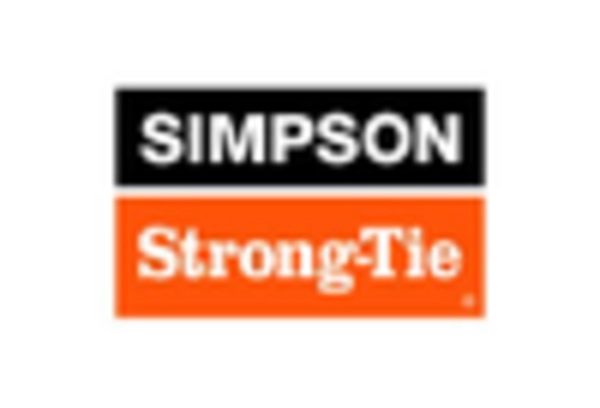








Leave a Comment